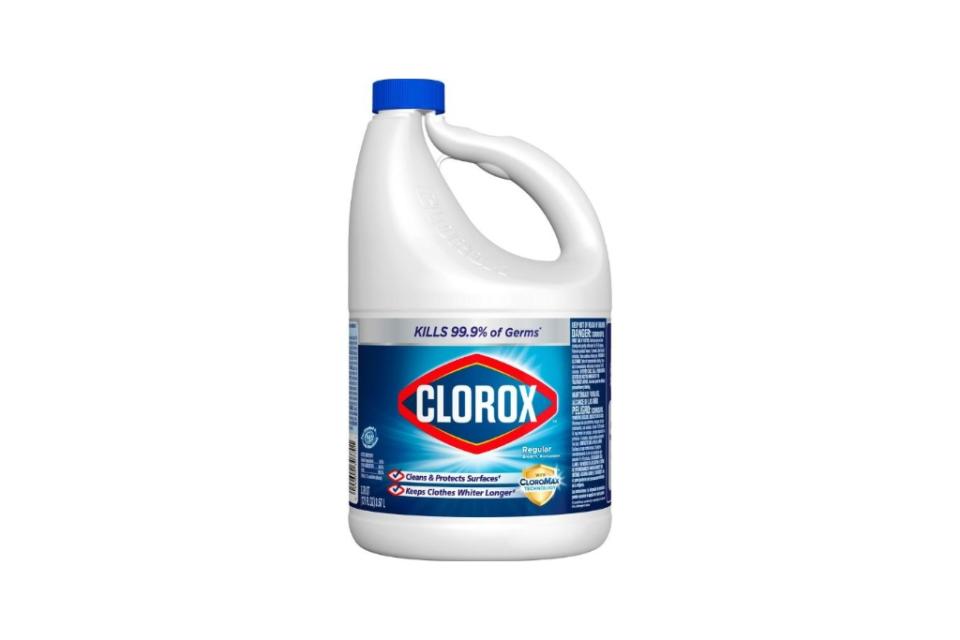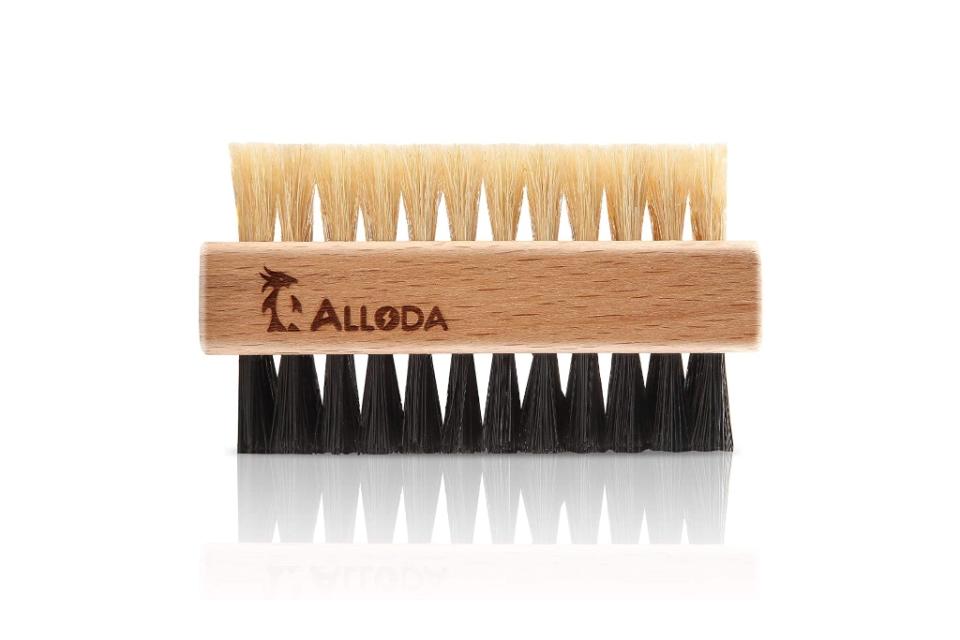How to Help Kill the Coronavirus on Your Shoes

Click here to read the full article.
You don’t need to be a germophobe during the coronavirus crisis to be concerned about the cleanliness of your surroundings, especially when it comes to personal items such as clothing and shoes. While it’s easy to sanitize or disinfect apparel and soft goods such as sheets and towels by machine washing them, footwear can be trickier to safely clean due to the materials and construction involved.
Infectious disease specialist Mary E. Schmidt told HuffPost on Thursday that the coronavirus may be able to live on footwear for five days or more, based on studies that have been conducted on materials similar to those used in shoes. There is no evidence, though, that this proves the coronavirus can come into your house through your shoes, explained Schmidt.
More from Footwear News
Updated: Net-a-Porter Reopens US Shopping Sites -- But Not Their Distribution Centers
Wimbledon, the Met Gala & All the Major Events Cancelled Due to the Coronavirus
For those who want to take precautionary steps amidst the current pandemic, FN has some easy-to-follow tips to clean your shoes.
It’s important to note that there’s a difference between sanitizing and disinfecting, terms that are often interchanged. Sanitizing reduces, but does not kill, bacteria and viruses on surfaces. Disinfecting, on the other hand, kills these with the help of an appropriate cleaner or chemical. When purchasing a product, check to see if its ingredients are on the Environmental Protection Agency’s (EPA) list of disinfectants for use against coronavirus. You can also check to see if the product’s specific EPA registration number is included on the list.
Fabric Shoes: Machine Wash Them With Bleach or Vinegar
Shoes made of fabric like mesh or canvas can be cleaned in the washing machine. The UK’s National Health Service (NHS) recommends washing fabrics at a high temperature (140°F), with a product containing bleach, to enhance the disinfectant results. Note that bleach has been tested and clinically proven to kill bacteria and viruses. If you’re concerned about bleach damaging the color of your shoes, consider color-safe bleach. Rather than using sodium hypochlorite, color-safe versions feature hydrogen peroxide, a much less aggressive ingredient that prevents stains or fading and is still EPA-registered for use against coronavirus.
Vinegar can also be added to your rinse cycle as a gentler alternative to bleach. While it’s not an EPA-registered household disinfectant, its main ingredient, acetic acid, has been proven to kill some types of germs and viruses.

To Buy: Chlorine Concentrated Bleach, $5.
To Buy: Purex Color Safe Bleach, $16.
To Buy: Heinz Distilled White Vinegar, $2.
When Drying, Use a Shoe Tree to Protect the Shape of Shoes
Be aware that most shoe styles incorporate glue that can break down during the wash and dry cycle. To better protect pairs, always air-dry them. For the best results, use a shoe tree to help them keep their shape while drying them.
To Buy: Stratton Shoe Tree 2-Pack, $39.
Leather Shoes: Clean With Soap, Water & Rubbing Alcohol
Since machine washing can damage shoes made of leather or man-made materials, start by cleaning these styles with soap and water to remove visible dirt. Any basic dish or hand soap should work. According to the U.S. Food and Drug Administration (FDA), there’s not enough research to show that over-the-counter antibacterial soaps are better at preventing illness than washing with simple soap and water. Be advised, however, that wetting leather may alter its texture and/or appearance, so it’s important to test a small area inside the shoe or under the tongue before cleaning.
Next, make a mixture of 70% alcohol and water — a ratio recommended by the CDC for disinfecting surfaces. Once you’ve tested the mixture on your shoes without any damaging effects, use a clean cloth to gently rub it over the shoe’s upper. To repeat the process on the soles of shoes, first remove all debris with a toothbrush or shoe-cleaning brush for the best results.
To Buy: Mrs. Meyers Clean Day Liquid Dish Soap, $4.
To Buy: Equate 91% Isopropyl Alcohol Antiseptic, $3.

To Buy: Alloda Shoe Cleaning Brush, $9.
Follow Up With a Leather Conditioner to Keep the Hide Looking Like New
This cleaning process can dry or crack leather surfaces, so be sure to follow up with a leather conditioner. Once you’ve conditioned the shoes, make sure the shoe’s surface is dry to the touch before wearing.
To Buy: Leather Honey Leather Conditioner, $19 was $28.
All products featured have been independently selected and curated by our editorial team. If you buy something through our retail links, we may earn commission and the retailer may receive certain auditable data for accounting purposes.
Want More?
These 6 Popular Shoe Brands Can be Sanitized to Safeguard Against the Coronavirus
The Top Five Ways to Get Scuffs Out of Your Shoes, According to an Expert
Best of Footwear News
Sign up for FN's Newsletter. For the latest news, follow us on Facebook, Twitter, and Instagram.

